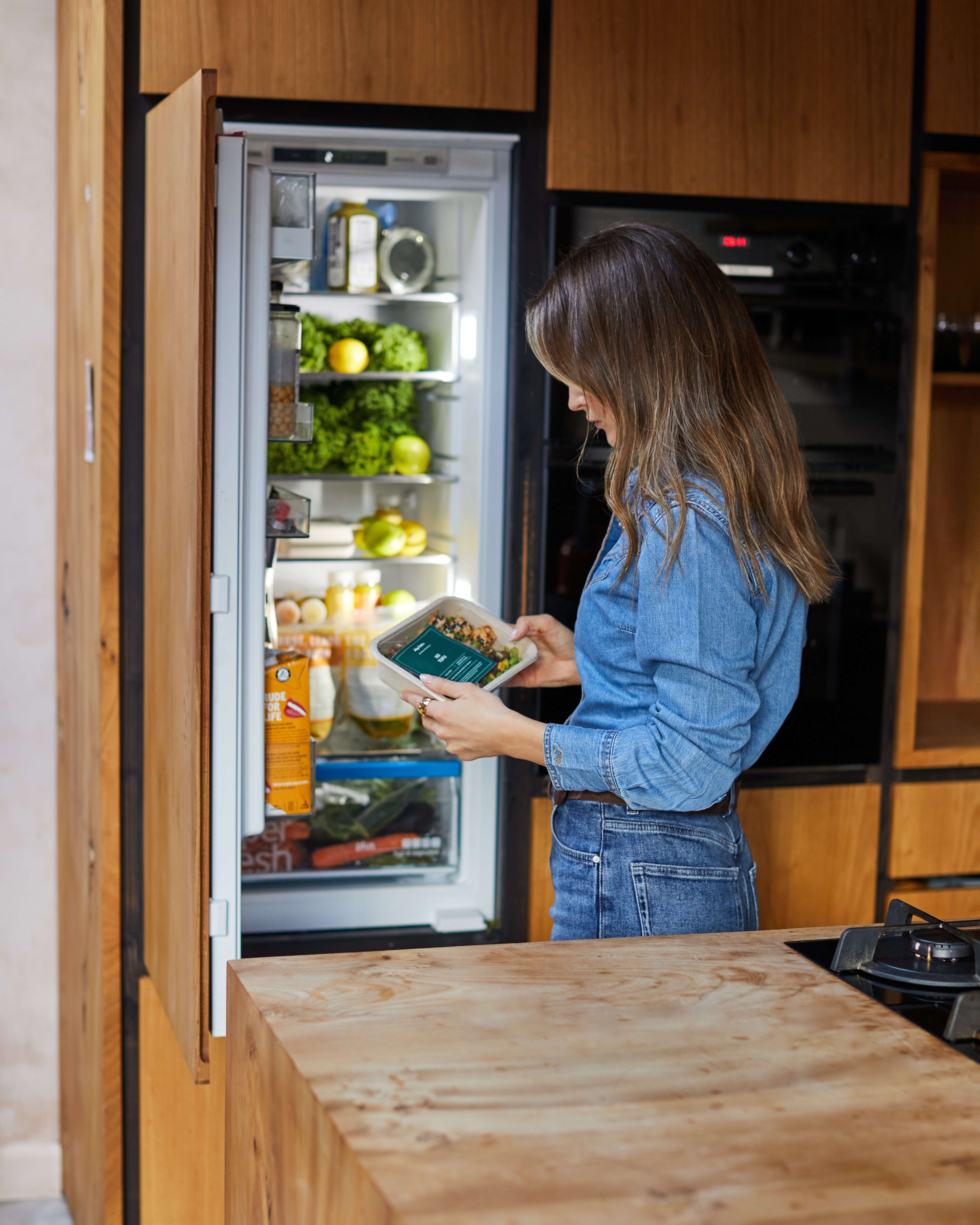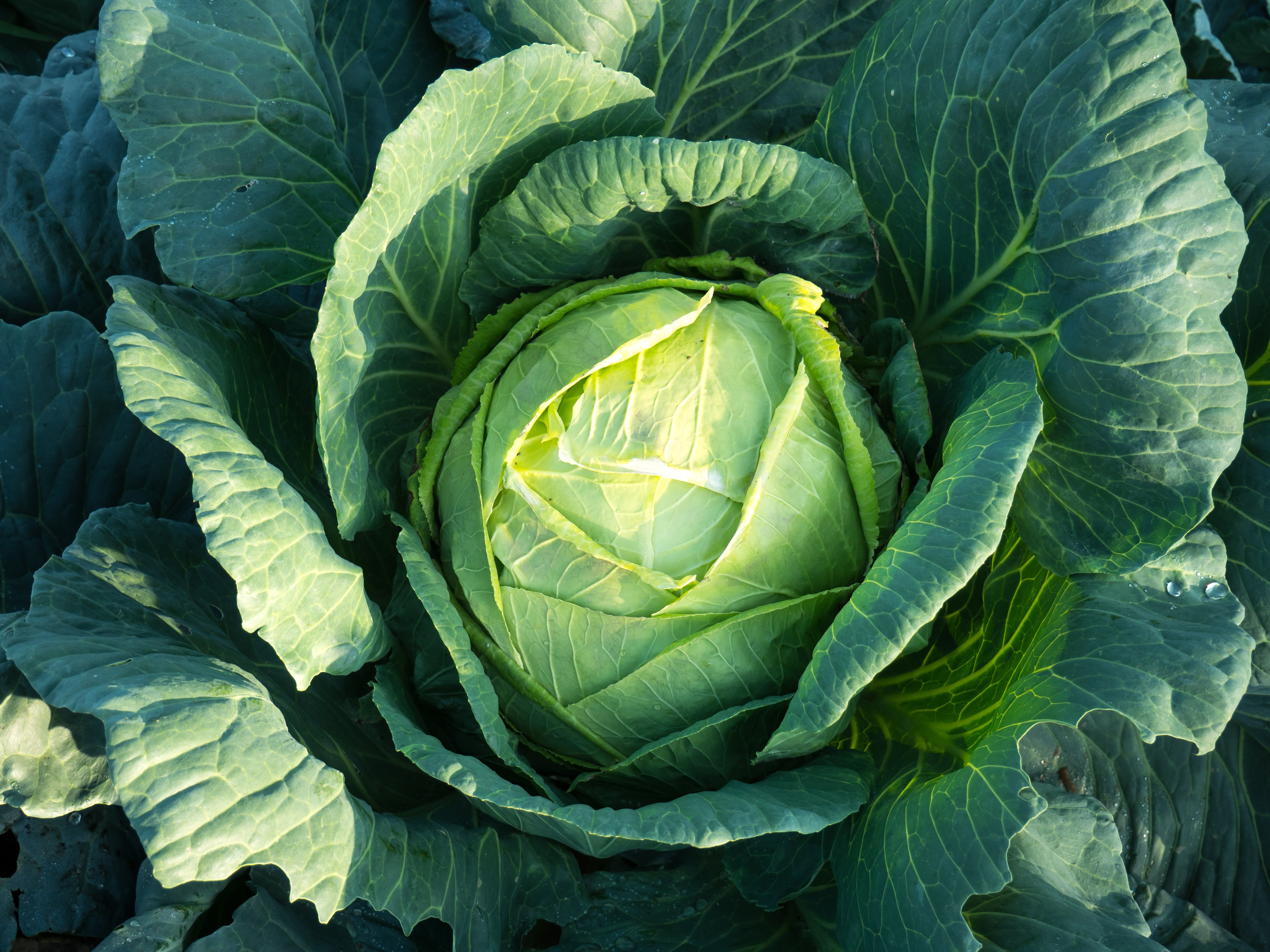20 Jan, 2023
A Mindful Moment with our Mind Expert Sarah
With the rise of interest in and practice of Mindfulness and Meditation it can often be difficult to a.) know what it really means b.) navigate how to incorporate it into everyday life and c.) to fully appreciate the benefits it offers to our wellbeing. In the following post I hope to provide you with the motivation to use Mindfulness as a key to unlock sustainable health from within as well as specific options and accessible techniques to practice, (surprising you with a few unconventional ways too!)
HealthThe World Health Organization describes health as a ‘state of complete physical, mental and social well-being and not merely the absence of disease of infirmity.’ And what I appreciate most about this statement is that it is emphasizing a proactiveness and preventative approach towards our health versus using medicine and treatment to recover from illness. This is what Mindfulness really stands for. It’s a way of life and a practice that is deeply rooted to support your wellbeing from within.
So, how does someone start to be more Mindful?
- Meditation is a formal practice of Mindfulness which can be assisted with verbal guidance, sound & visualisation but there are many more principles you can embody in order to access the same mood changes that Meditation offers.
- Breathing & Get Grounded: The body takes its cues from how we narrate our life and how we move through life, therefore if you take time to pay attention to your breath, just notice it and maybe you deepen it, you will automatically become more self aware and will slow down any emotive irrational thinking or worrying. It focuses your mind inward therefore cueing your body to pay attention and slow down as well. Paying attention to your breath brings you into the present moment, the only moment you can actually influence. If you stand tall or sit with your feet planted more firmly on the floor, you body feels safe and will relax more. Being physically grounded sends a message of confidence to your mind that you’re ready and prepared.
- Acceptance and Non Permanance: These two principles are more accessible to use throughout the day, in times when you’re not able to sit for a meditation. Remember Mindfulness is a state of being that you can embody anytime, anywhere (so watch the excuses melt away as to why you can’t do it!) Acceptance is about Mentally letting go of burdensome expectations and uncontrollables. It can offer the same feeling of release as deep breathing and grounding but it only involves the mind. Acceptance is a an opportunity to move past what you can’t control and opens you up to then move on from a situation/challenge. By cultivating Acceptance for what was and is, you are better able to offer compassion for yourself and others therefore not harnessing unnecessary judgement. It’s VERY important to note, that a Mindful mindset of Acceptance, does not mean that you don’t still have ambition or goals, it also doesn’t mean you don’t play an active role in wanting to improve a situation or relationship but it’s about noticing what you CAN CONTROL (ie. Your reaction and how you process), and letting go what is not serving you and what you can’t influence (ie. other people). Non Permanence is simply: this too shall pass… A reassuring way to speak to yourself, acknowledging that life contains an eb and a flow and that whatever you may be going through good or bad, will not be forever and that the body’s resilience and capability is build to move you through life. Practicing the acknowledgement of Non Permanence opens up the reassurance that you are progressing and moving forwards even when you to feel stuck.
So how does this all actually work?
- Meditation increases the cortical thickness in areas linked to attention stability as well as thickness of the hippocampus (where your memories are stored). Practicing Meditation leads to the mind being able to adapt quicker and is available to new information faster because it’s practiced not ‘clinging’ to information.
- Slow breathing triggers vasodilatation of brain capillaries which increases cerebral blood flow partnered with the lungs stretching which activates the parasympathetic nervous system (the one that calms us down), resulting in a more relaxed physiological state
- Deep breathing exercises the Vagas nerve which helps reduce muscle tension and blood pressure by decreasing the activation of the amygdala (fight/flight mode), which reduces negative emotions such as fear/anxiety/worry.
- Our prefrontal cortex (front part of the brain used for logic/thinking/reasoning) uses up 90% of our oxygen, therefore when we shorten our breath this area is most deprived and we are more likely to switch to using our Amygdala (fight/flight mode). Therefore by deepening your breath you are able to access the PFC and make more sound/logic decisions and thinking.
Here are some measurable stats to help motivate incorporating Mindfulness into your routine:

How to cultivate a Meditation practice that will STICK?
- See your practice as IMPORTANT! Treat it as a KEY factor your health. If your mindset towards it is that it’s equal to you going to the gym or sleep, then you’ll notice you’ll have more motivation to it knowing it fundamentally supports you.
- Make it a daily habit/non negotiable
- Start small (2mins) and work your way up
- Figure out when works best for you (morning/evening)
- Be consistent with the location or have a cue (ie. Pillow, candle, crystal, position) that you continually come back to and that your body will learn to associate your meditation with
- Acknowledge your progress as we often forget to celebrate the small but equally significant steps (even if you took 3 deep breaths after a meeting and checked in with yourself, acknowledge this as being Mindful!)
The positive impacts of Mindfulness are dependent on the regularity and depth of your practice but can result in any or all of the following: greater emotional Resilience, being able to withstand life’s challenges more steadily and Emotionally Regulate one’s self to recover from stress. Cultivating a sense of Calm to your nervous system and Clarity in your thoughts. An improved ability to Focus in conversation, work and thinking. Deep felt sense of Self Confidence and access to more Creativity.
Whether you’re just starting on your journey of Mindfulness or are needing extra support in deepening your practice, I hope you acknowledge the significance of mental wellbeing in your year ahead and find the above context helpful in seeing Mindfulness as an accessible and creative tool to help live a mentally healthy life.
Discover more about Sarah Elliott and her coaching on https://www.vault-coaching.com.



